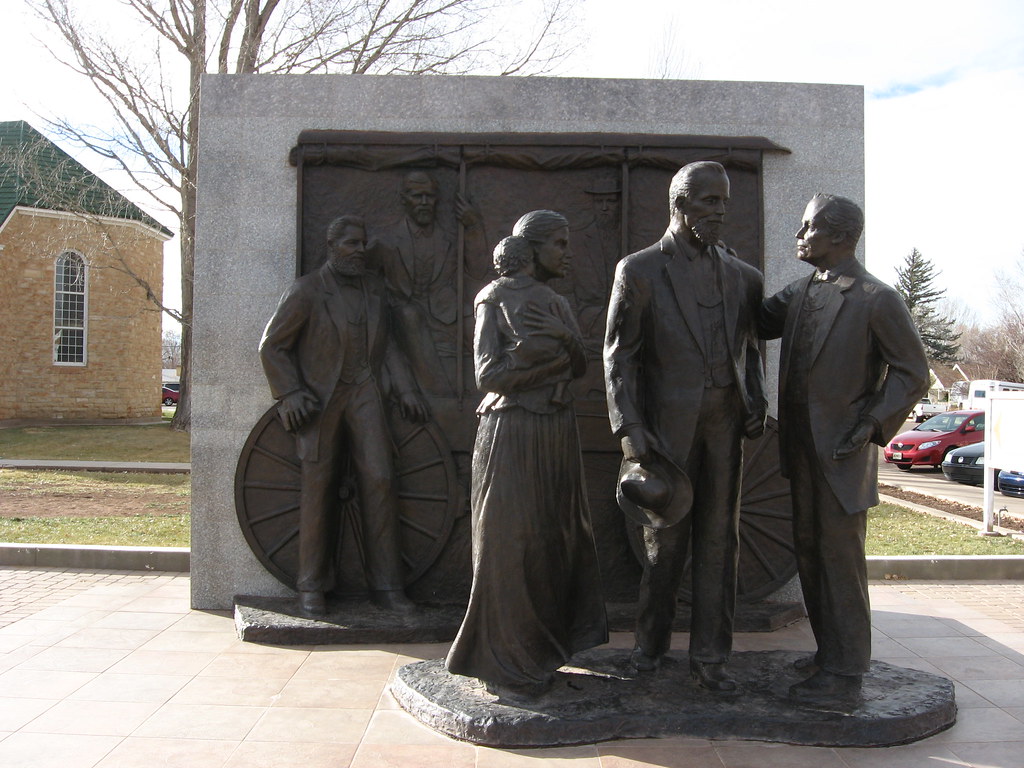The first chill of autumn finally reached my home here in the northern hemisphere, signaling winter wouldn’t be too far away. It seemed odd to think about drifting snow when I didn’t even need a jacket until recently. I’d been banking a topic for just such an occasion, a place that invoked wintertime bliss. Snowflake seemed like such a lovely name.
It appeared on a map of north central Arizona (map).
Climate

I first spotted Snowflake while researching an earlier Twelve Mile Circle article, Playing Games. My mind wandered over to Snowflake when I noticed its proximity to Show Low, a town named for a card game. I placed a mental reminder that I should examine Snowflake later to see if climatic conditions matched its promising name.
Quickly it became apparent that it did not. My eyeballing of a Köppen climate types map of Arizona seemed to place it in type BSk, designated for “cold semi-arid” climates. These areas tended to get quite hot in the summer despite the name, with considerably cooler although dryer conditions in the winter. That didn’t seem to bode well for potential snowflakes. In fact, the city of Snowflake admitted that it only received “modest amounts of quickly-melting winter snowfall.”
It did note that visitors could try their hand at cross-country and downhill skiing at the nearby Sunrise Park Resort. However, that involved a 60 mile (100 km) drive into the White Mountains. Those snowflakes probably wouldn’t be related to any of the snowflakes in Snowflake.
The town name didn’t come from its climate.
Founding

Actually I learned right away that the name derived from a much more interesting source. The theme fit perfectly with the strange twists and turns that so interest the 12MC audience. Snowflake traced its founding to two Mormon pioneers, Erastus Snow and William Flake. They simply combined their surnames to create Snowflake.
I could think of a lot of names that would produce much worse combinations. Maybe that will be a future topic. Anyone with entertaining fictional names should feel free to place them in the comments. Maybe we can start our own town.
So Snow + Flake = Snowflake. Now we know the secret and we can end this article, right? Not so fast. The two people involved, Snow and Flake, were pretty interesting too.
About Those Founders

Erastus Snow probably made the greater contributions to the LDS Church. Snowflake represented only one of his many achievements. He became a missionary during the earliest days of the Church, including his outreach in search of converts in Scandinavia in 1849. Snow also held a number of Mormon leadership positions and served on the Quorum of the Twelve Apostles. He led efforts to establish Mormon colonies all over the southwest including Colorado, New Mexico and Arizona, as well as founding the city of St. George in Utah. He also served as inspiration for the naming of Snow Canyon State Park and Snow College in his honor, and his bust stands outside of the St. George Tabernacle in St. George (map).
William Jordan Flake, while not quite as accomplished, still achieved a lot in his lifetime. His parents joined the LDS while he was a young child and he traveled across the continent as an overland pioneer when he was nine years old. Brigham Young called on him to establish a settlement in northern Arizona in 1877, so he set off on that mission, meeting up with Erastus Snow and founding Snowflake the following year. His renown came later, when he served time briefly in the Arizona Territorial prison in Yuma for polygamy. Flake lived a long time, surviving into the 1930’s when he passed away in Snowflake, the town he inspired. He left numerous descendants including [former] United States Senator Jeff Flake from Arizona, his great-great grandson.

Leave a Reply